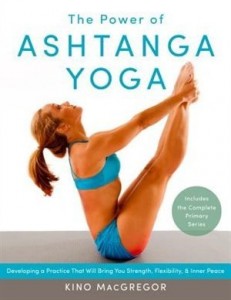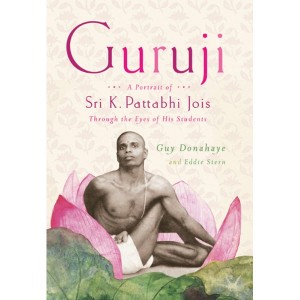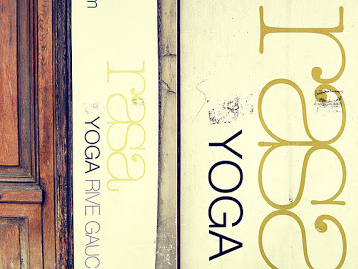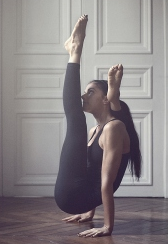Ashtanga Yoga Paris, Samasthiti & Make Me Yoga
I arrived in Paris two weeks ago, only to leave again for a few days in Switzerland with Michael’s grandmother. When we finally got back to our apartment, I was feeling a little sick. Let’s just call it the too-much-cheese-chocolate-and-travel syndrome. :/
Last week I was finally feeling almost back to normal and was ready to start exploring the yoga scene in Paris. I’ve gotten a few recommendations from friends, colleagues and fellow ashtangis about where to practice in Paris, but there are quite a few places, so I’ve decided to explore little by little. Yoga is even more expensive here than in New York, so before I buy an unlimited month or delve into a place, I want to try around.
My first stop was Ashtanga Yoga Paris, which happenes to be about a two minute walk from our apartment! I attended the mixed Mysore and Ashtanga Level 1 class, taught by Agatha. The studio, I found out from one of the owners, Linda, has recently moved to a new location. It really is a lovely place, tucked into a courtyard between buildings. The walls of the lobby space are a deep, rich turquoise. The main practice room, the Krishnamacharya Room, is bright, with a ceiling full of skylights and walls tastefully adorned with black and white photos of teachers.

A class was just finishing as we waited to enter the room, and once in the room Agatha asked those of us doing our own Mysore practice to go to the front of the room while she led the class of semi-beginners behind us. There were probably five of us doing self practice, and more than ten in the led class.
She’s a very talented teacher, and I liked hearing her soft French instructions peppered with Sanskrit. I was a little distracted being in a mixed Mysore and led class, but the language barrier helped me tune that out. I wonder how the experience is for those who understand French..? I’ve never been in a class like that, but it’s certainly an interesting concept, and definitely a good use of time for students wanting an evening Mysore program. Kudos to her for leading a class and giving individual attention to the rest of us!
She gave me a few wonderful, strong Mariychasana adjustments (though only on one side so I felt rather unbalanced). When I got to backbends she encouraged me keep my feet much more parallel that I had them, which I tried with varying degrees of success. Then instead of holding my waist in drop-backs, she helped me keep my feet parallel by pressing in and down on my thighs, which felt pretty lovely.
The biggest surprise was when I stood up she asked if I’d be doing handstand! Sure I thought, why not? I told her that I don’t practice that, but I’d give it a go! Though I’ve never heard of that and it’s certainly not traditional, I suppose it must be a way to begin practicing for tick-tocks, which come sometime after second series. Her adjustment was great, and there I was, doing a handstand in Mysore class.
I liked the studio, the atmosphere and the students. Agatha is a smart, busy teacher! I will certainly go back, especially since it’s so close to our place. I’d also like to try the morning Mysore classes with the owners, Linda and Gerald.

Next I checked out Samasthiti Studio, also pretty close to our apartment. It’s located right near La Bastille, so I hopped on a velib bike for the 10 minute ride to take an evening Mysore class. In true Dana fashion, I was really early, and happened to meet a fellow student while waiting for the door to be unlocked who had been in Mysore the same time as me! Small Ashtanga world.
This studio is a simple one room space. The practice area is a nice size and takes up most of the space, and in the back there’s a small changing area and place for shoes and bags. I met the owner Caroline, who was actually practicing with us while a young man named Eric taught.
This class was a self-led Mysore style, however, I couldn’t help but be distracted by the completely non-traditional sequence of postures my fellow students were practicing…!
Full disclosure: I got distracted. I know that I should have been focusing solely on myself, but my dristhi began to wander as soon as I saw full splits between standing postures, a warrior three thrown in after parshvotanasana, and an out of order mix of primary, intermediate and third series poses! It was really quite remarkable.
I must say that despite my confusion over why they were doing what they were, all the students were practicing earnestly, calmly, quietly, and breathing beautifully. I guess they’ve just been taught an adapted, non-traditional series of poses…!
Eric, the teacher, was kind and attentive. He was a little insistent with some alignment details and often uneven with adjustments, but he clearly cares and knows quite a lot about what he teaches. He did think I should keep going after my last pose, which I kindly declined to do.
Drop backs were again a new technique (for me) that I quite liked, where he used his whole forearm to support either side of my spine as I went down, and simply pressed into my thighs as I stood up. When he suggested hand stand (I guess it’s a thing ), I this time declined.
I liked the studio, the location, and the teacher, but I’m not sure I will go back to practice there. It’s a bit too distracting to be amongst people doing such completely non-traditional things…I totally love that they are! I just think I’d be better served going there for a vinyasa flow class if I’m feeling creative.

My next stop was Make Me Yoga, which is literally right across the street from my apartment. I didn’t notice it at first, but as Michael and I were taking a walk the other evening, there it was! It’s got a great location, and a good class schedule. They have only led classes, no Mysore program, but I figured it was worth a visit since it’s so crazily convenient.
I dropped into the 8:30pm led “Ashtanga Vinyasa” class and was very impressed at my use of French.
“Bon soir! C’est ma premiere fois ici. Je voudrais prendre le classe d’Ashtanga.”
The instructor, Laetita, was kind when I explained that I’m an American yoga practitioner and speak limited French. I told her (in French again – points for me!) I’d love to just follow along and listen to the class in French.
There were six of us in the cute little space, and the others were mostly beginners. It was a very slow, basics-type class, which was nice for me to practice physically, clear my mind mentally and hear teaching in French. We practiced meditation, discussed bhandas, and moved through surya namaskaras and the 6 fundamental standing poses before sitting for a bridge pose and then rest.
Laetita was perfect. She made sure I understood a few words after class that might help me teach in French one day, and she gave me gentle suggestions as adjustments, not hard ones. I was more focused in this class, so my drishti wasn’t wandering to the other students! It’s a perfectly cute, kind studio, but not exactly what I want from a class. I think I will definitely go back…you can’t beat the location.
I still have the morning Mysore programs to check out. That’s where I think I will find my perfect Paris fit and I’m really excited. I want to check out Mysore Yoga Paris and Rasa Yoga…but I need to change my sleeping schedule around a bit to accommodate that…right now I’m staying up late, practicing at home in the evening or at one of these places for a night class and sleeping in late in the morning!
More to come from the Paris Yoga Scene…
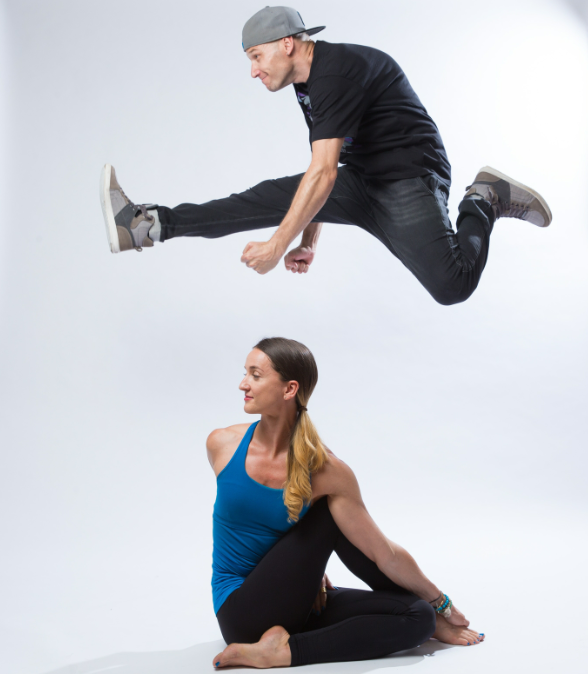
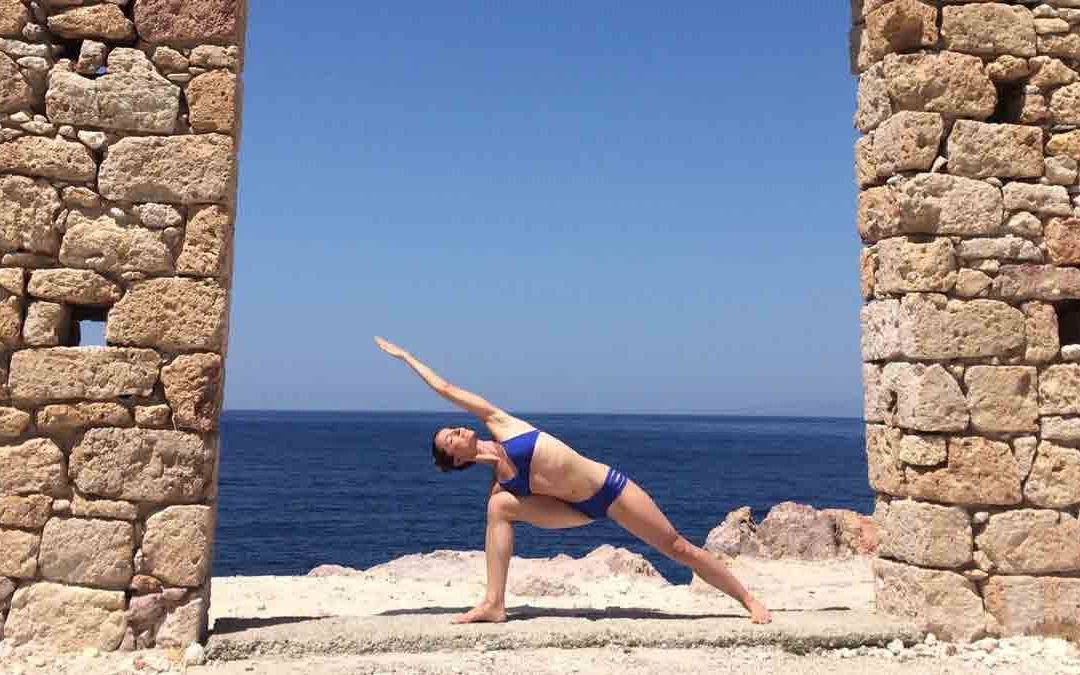
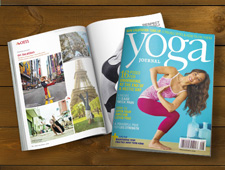
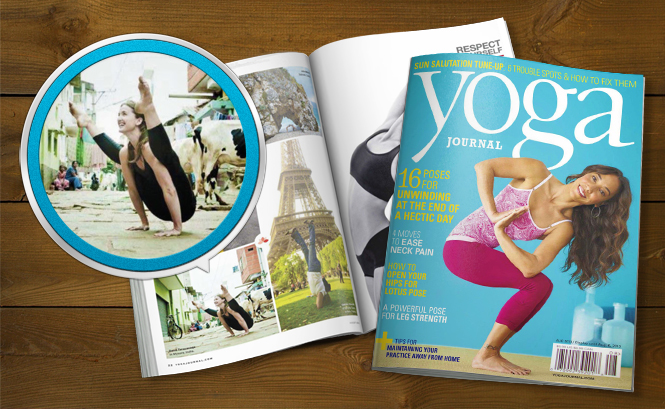
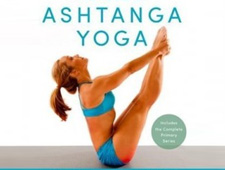

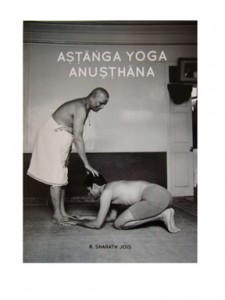 By Sharath Jois
By Sharath Jois